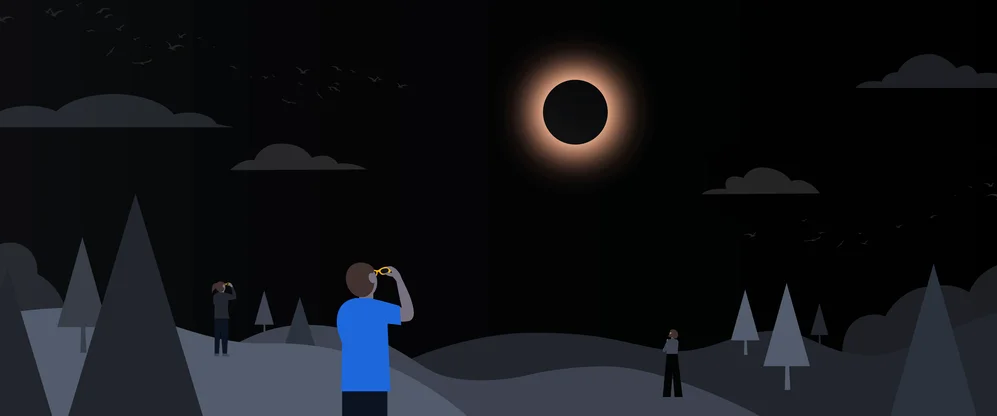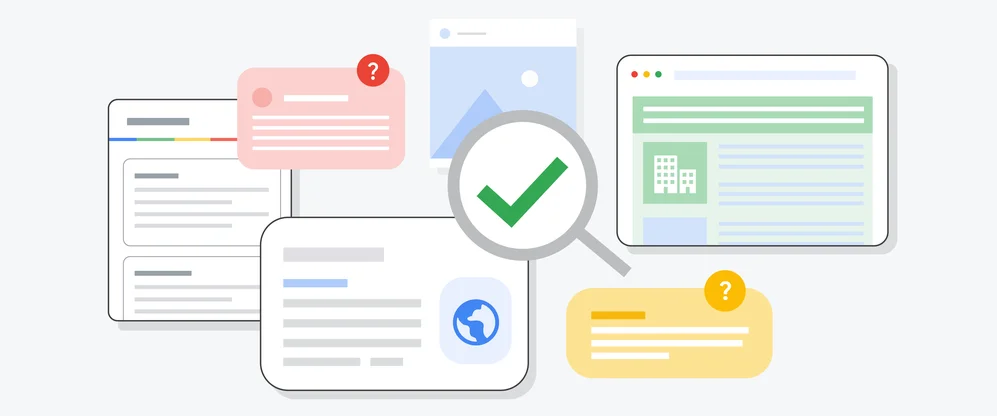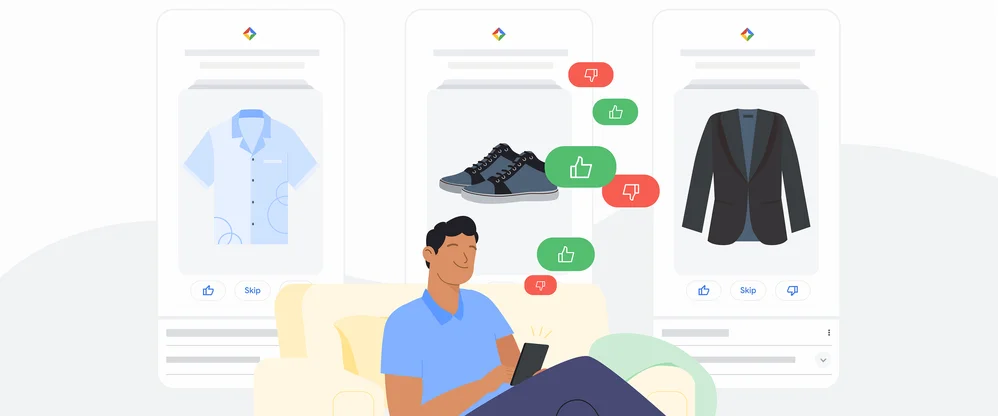Google Search sends more traffic to the open web every year
This week, we saw some discussion about a claim that the majority of searches on Google end without someone clicking off to a website — or what some have called “zero-click” searches. As practitioners across the search industry have noted, this claim relies on flawed methodology that misunderstands how people use Search. In reality, Google Search sends billions of clicks to websites every day, and we’ve sent more traffic to the open web every year since Google was first created. And beyond just traffic, we also connect people with businesses in a wide variety of ways through Search, such as enabling a phone call to a business.
To set the record straight, we wanted to provide important context about this misleading claim.
How people use Search
People use Search to find a wide range of information, and billions of times per day, Google Search sends someone to a website. But not every query results in a click to a website, and there are a lot of very good reasons why:
People reformulate their queries
People don’t always know how to word their queries when they begin searching. They might start with a broad search, like “sneakers” and, after reviewing results, realize that they actually wanted to find “black sneakers.” In this case, these searches would be considered a “zero-click” — because the search didn’t result immediately in a click to a website. In the case of shopping for sneakers, it may take a few “zero-click” searches to get there, but if someone ultimately ends up on a retailer site and makes a purchase, Google has delivered a qualified visitor to that site, less likely to bounce back dissatisfied.
Because this happens so frequently, we offer many features (like “related searches” links) to help people formulate their searches and get to the most helpful result, which is often on a website.
People look for quick facts
People look for quick, factual information, like weather forecasts, sports scores, currency conversions, the time in different locations and more. As many search engines do, we provide this information directly on the results page, drawing from licensing agreements or tools we’ve developed. These results are helpful for users, and part of our ongoing work to make Google Search better every day.
In 2020, for example, we showed factual information about important topics like COVID and the U.S. elections, which generated some of the most interest we’ve ever seen on Search. Our elections results feature was seen billions of times, delivering high-quality information in real time as people awaited the outcome. We also provided factual information about COVID symptoms in partnership with the WHO and local health authorities, making critical information readily accessible and upholding our responsibility to fight against potential misinformation online.
People connect with a business directly
When it comes to local businesses, we provide many ways for consumers to connect directly with businesses through Google Search, many of which don’t require a traditional click. As an example, people might search for business hours, then drive to the store after confirming a location is open. Or they find restaurants on Google and call for information or to place an order, using phone numbers we list. On average, local results in Search drive more than 4 billion connections for businesses every month. This includes more than 2 billion visits to websites as well as connections like phone calls, directions, ordering food and making reservations.
We also help the many local businesses that don’t have their own website. Through Google My Business, businesses can create and manage their own page on Google, and get found online. Each month, Google Search connects people with more than 120 million businesses that don’t have a website.
People navigate directly to apps
Some searches take people directly to apps, rather than to websites. For example, if you search for a TV show, you'll see links to various streaming providers like Netflix or Hulu. If you have that streaming app on your phone, these links will take you directly into the app. The same is true for many other apps, such as Instagram, Amazon, Spotify and more.
More opportunity for websites and businesses
We send billions of visits to websites every day, and the traffic we’ve sent to the open web has increased every year since Google Search was first created.
Over the years, we’ve worked to constantly improve Google Search by designing and rolling out helpful features to help people quickly find what they’re looking for, including maps, videos, links to products and services you can buy directly, flight and hotel options, and local business information like hours of operation and delivery services. In doing so, we’ve dramatically grown the opportunity for websites to reach people. In fact, our search results page, which used to show 10 blue links, now shows an average of 26 links to websites on a single search results page on mobile.
Building for the future of the web
We care deeply about the open web and have continually improved Google Search over the years, helping businesses, publishers and creators thrive. Some would argue that we should revert back to showing only 10 blue website links. While we do show website links for many queries today when they are the most helpful response, we also want to build new features that organize information in more helpful ways than just a list of links. And we’ve seen that as we’ve introduced more of these features over the last two decades, the traffic we’re driving to the web has also grown — showing that this is helpful for both consumers and businesses.







